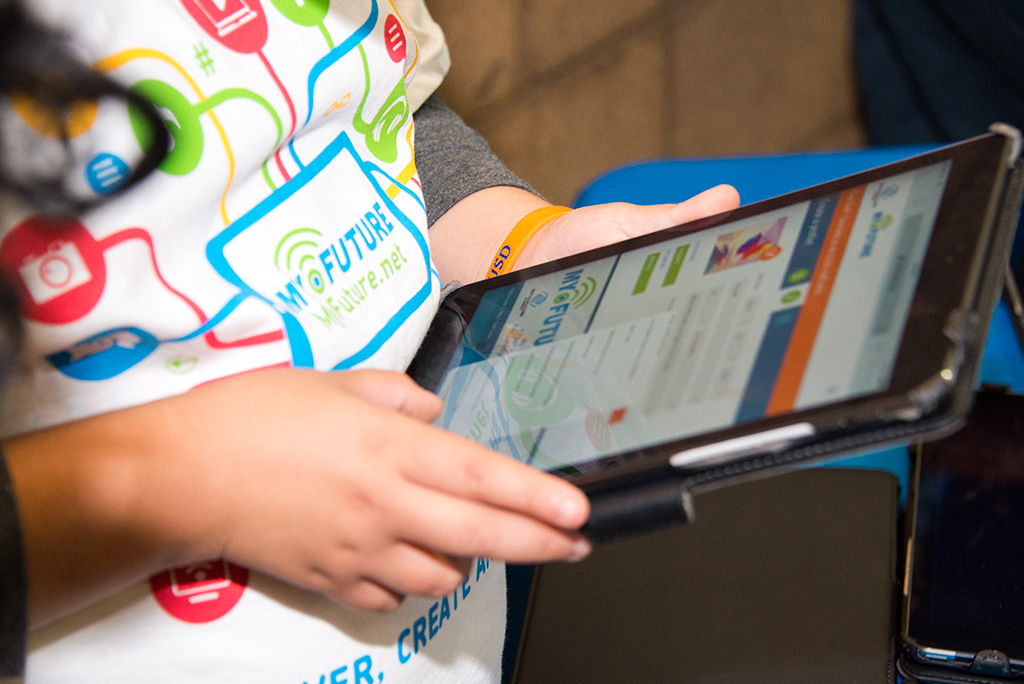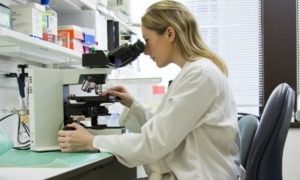When Facebook rolled out a messaging application for elementary school kids last fall it made big news. The Boys & Girls Clubs has also rolled out a new digital service for the approximately 4 million kids it serves.
“We knew we needed an online space,” said Edwin Link, national vice president of educational foundations and academic innovations at Boys & Girls Clubs of America.
While many young people have cellphones, Boys & Girls Club participants may not have data plans, continuous Internet connections, safe spaces online or access to instructive programming, he said. They may not have laptops or desktops at home.
“I would contend that the digital divide is not gone,” Link said.
But the biggest digital divide that concerns him is the one in the future. It’s the predicted gap between high-tech workers and unskilled ones.
STEM (science, technology, engineering and math) jobs are the fastest-growing sector of the job market, but many such skilled jobs will go unfilled, he said, while unskilled jobs are in shorter supply.
“The youth we serve need these skills,” Link said. “We want to ensure that they are not the last in line.”
Since September, Boys & Girls Club members can access the new site MyFuture.net site from anywhere on a computer, smartphone or tablet, can share their media projects and “like” others’ projects. Activities on the site are integrated into club activities; kids can earn digital badges. Using the site allows kids to gain digital skills and interact with others.
Link walked into his office in Atlanta early in the afternoon recently, looked at his computer monitor and saw kids had completed 200 activities on MyFuture. Kids earn a star when they complete one activity and a badge when they complete a cluster of activities in one area.
On an afternoon in December the club dashboard showed a cumulative 800 stars or badges for kids in the Community Elementary Unit in Coffeeville, Kansas, 577 for the Nantucket Boys & Girls Clubs in Nantucket, Massachusetts, and 300 for the Zimmerman Boys & Girls Clubs in Fresno, California.
And the top message on a Twitterlike feed was “Congratulations! IzaiahS1 earned the Hour of Code Badge!”
On MyFuture, kids create profiles that are not accessible to the public. They can build a portfolio of work and publish it with the approval of a staff member.
Statistics from the site create a database of information about what kids are choosing, giving developers feedback about what to focus on.
Boys & Girls Clubs is one of the largest after-school providers in the nation, with 4,300 clubs across the United States and on military bases. More than 1,500 are school-based clubs. Nearly 500 are on military bases.

Fifty-nine percent of Boys & Girls Club members qualify for a free or reduced-price lunch at school, according to the organization’s 2015 annual report. It has 990 clubs in rural areas, 296 clubs in public housing projects and 175 clubs on Native lands.
MyFuture was produced in a partnership with Comcast NBCUniversal.
Other large youth-serving organizations also have been expanding their digital offerings.
4-H, in a partnership with Google, expanded its computer science programming in 2017, focusing on youth who have less access to computers and the internet. Girl Scouts of the USA also rolled out cybersecurity badges last year to increase girls’ digital skills and Internet security.
This story has been updated.
FOR MORE INFORMATION AND FREE RESOURCES ON COMPUTER/DIGITAL LITERACY, GO TO THE YOUTH TODAY OST HUB.































